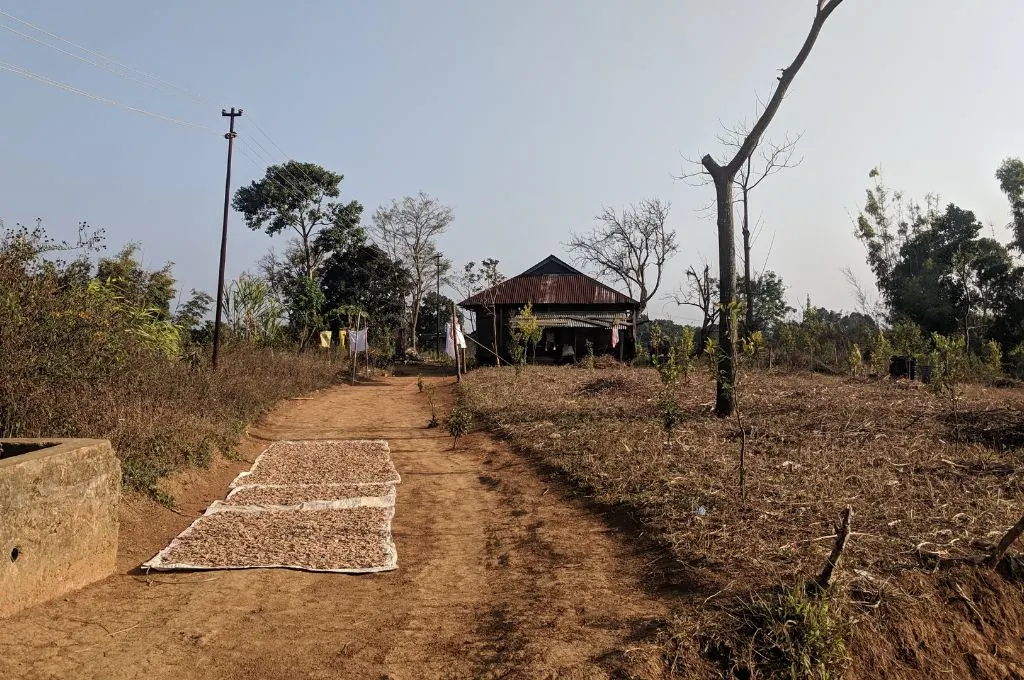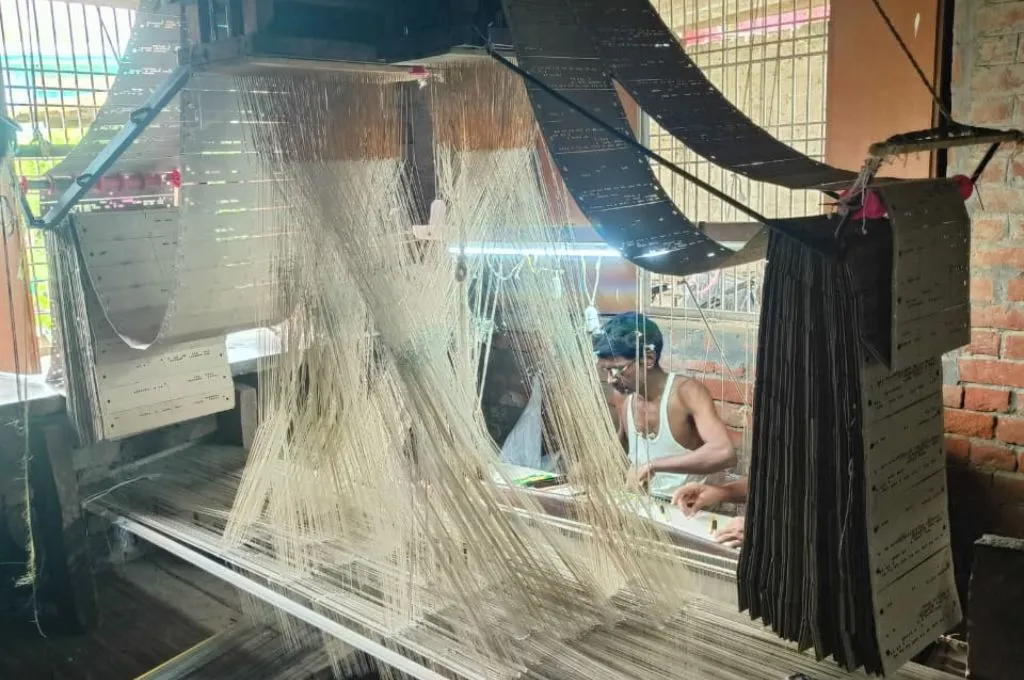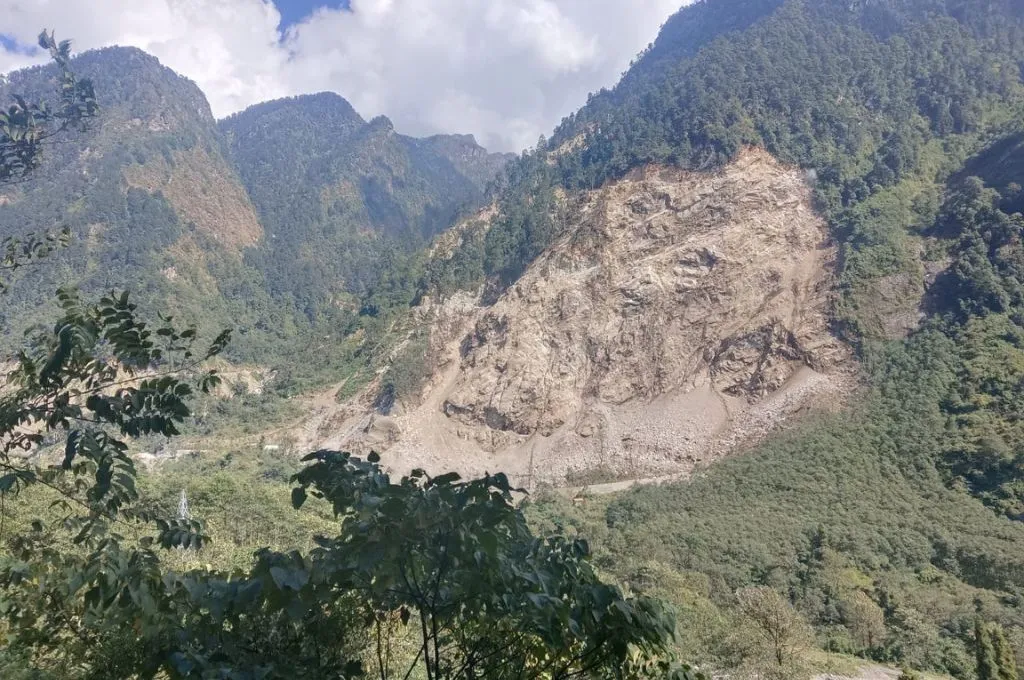Ladakh’s drying climate is causing a health crisis for women

Every spring, nomadic families migrate across Ladakh’s Changthang plateau with their herds of Pashmina goats. By summer, many women from these families return to Leh complaining of itching, infections, and burning sensations in their genital area.
Community health officer Dinchin Dolkar has witnessed such cases repeatedly among nomadic women. Dinchin recounts, “A few days ago, two women were referred to [Sonam Norboo Hospital in] Leh. Due to the number of patients there, they were later checked at a private clinic, where they were diagnosed with yeast and urinary tract infections and prescribed antibiotics.”
Treatment, however, rarely breaks the cycle. “The infections keep returning,” Dinchin adds. “It’s linked to the unhygienic conditions and lack of clean water during migration.”

For Ladakh’s nomadic women, these infections are not just medical issues but also symptoms of a drying climate.
Forty-five-year-old Kunzes Dolma begins each day with a trek to graze her sheep, a task she cannot avoid. “It’s too hot during the day to take the herds out. I sweat a lot and get headaches by the evening,” she says.
Kunzes carries water, but it’s rarely enough. “These routes used to be lined with glaciers, and even the springs were full,” she recalls. “Now, in many places, we can’t find a drop of water. Some grazing paths in Rupshu valley still have rivers flowing,” she says. “But uphill, water is very scarce.”
With less water and constant sweating, maintaining hygiene becomes difficult. Kunzes was treated for a yeast infection at a local health camp and given pessaries for five days.
For the nomadic tribes of Changthang, water sources shift along their migration routes. In some spots, the government has installed borewells and solar pumps, but families often continue to rely on streams. “If the solar pump works, it helps,” says Kunzes. “But often the tap stops working, and then it’s useless.”

At Tso Kar lake, the solar pumps installed last year under Jal Jeevan Mission rarely function now, according to tea seller Stanzin Dolker. “The wiring gets damaged or the motor clogs with mud,” explains Lundup Jamyang, an engineer with the Public Health Engineering Department. “After every winter, the pipes also burst due to freezing.”
According to Sonum Lotus, director of the Meteorological Department, the Himalayas are warming steadily. “July and August now touch 34–35 degrees Celsius,” he says. Thin air and low humidity intensify the heat and accelerate glacier melt. “The meltwater quickly drains into the Indus system, leaving Ladakh itself dry.”
Health workers often question Kunzes Dolma’s thick clothing. They remind her that layers made from yak or sheep wool that were used earlier allowed airflow, unlike the synthetic fabrics that are common now. “They don’t understand our work,” she says. “By evening, the cold winds hit when we return, and we need these layers.”
But these layers that comprise shirts, sweaters, jackets, and multiple pants trap sweat and heat. Rarely washed during migration, they create perfect conditions for fungal growth.
Health educator Mohd Bhairk, who runs awareness programmes in Leh, says hygiene is inseparable from water access. “When we talk to nomadic women about bathing or cleaning during menstruation, they remain silent,” he says. “They always ask, where is the water? Some go months without washing.”
Even though ASHA workers distribute sanitary pads, most women still use cloth. “Sometimes unwashed,” Bhairk adds, “because there isn’t enough water to clean and reuse them.”
Additionally, primary health centres in remote Ladakh lack laboratories to detect infections. “We can only do basic tests such as haemoglobin, urine, blood sugar, and blood pressure,” he says.
Dr Padma Dolma, a gynaecologist at Leh’s Sonam Norboo Hospital, confirms that more women now come with recurring vaginal or cervical infections. “Earlier, water was available and temperatures were manageable. But now, with rising heat and drying sources, hygiene is a major challenge for women who keep moving across eastern Ladakh,” she says. “I now see more such cases in Ladakh than I did in Delhi,” she adds.
Safeena Wani is an independent journalist. This is an edited excerpt of an article that was originally published on 101 Reporters.
Know more: Learn more about why people can no longer play ice hockey in Ladakh




